Feature: Heroes of the Peak District keep national park in trim
This article contains affiliate links. We may earn a small commission on items purchased through this article, but that does not affect our editorial judgement.
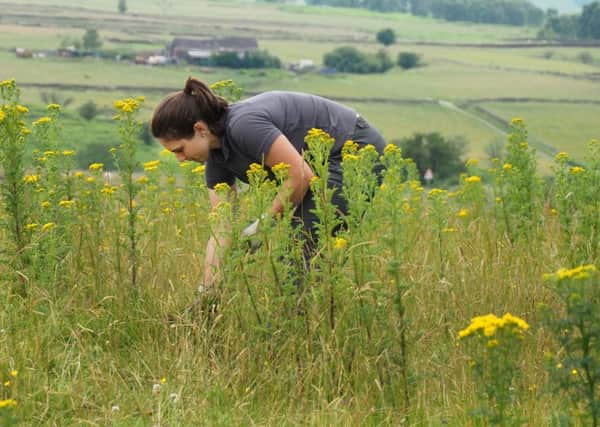

Lucy Holmes grew up looking at Derwent Edge from her bedroom window, but not everyone is so lucky, she reflected.
“Some groups who come out here have never seen a sheep or a dry stone wall, or been to an area where there aren’t any buildings,” she said. “It makes you see the landscape through different eyes, and refreshes your appreciation for the beauty of where you work.”
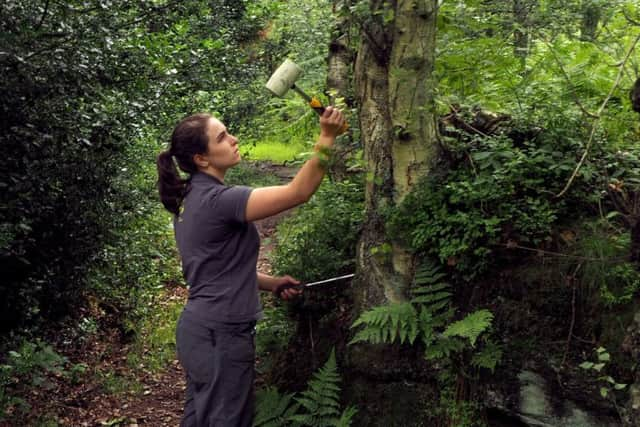

Advertisement
Hide AdAdvertisement
Hide AdLucy’s workplaces are the woods and moorlands of Longshaw and Burbage, where at 26 she is one of the youngest rangers in the National Trust ranger team.
On July 31st Lucy and a dozen of her colleagues will be demonstrating the work of the modern countryside ranger at a celebration of World Ranger Day at Longshaw.
“Rangers are often modest people who just get on and do their job, and don’t ask for any recognition,” she said. “Our work is often highlighted, but people don’t always see the people behind that work, so we’re celebrating the individuals who protect our landscape.”
One of Lucy’s jobs is to help disabled people and young people recovering from alcohol or drug addiction who wouldn’t normally have the opportunity to explore the countryside, for example.
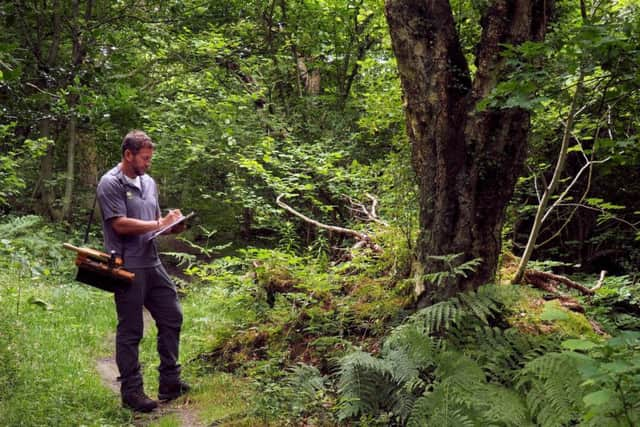

Advertisement
Hide AdAdvertisement
Hide AdShe and her fellow rangers also carry out dozens of practical jobs like repairing walls and footpaths, planting trees and hammering in fence posts, along with more glamorous tasks like carrying out scientific surveys of birds, snakes and dragonflies.
The jobs to be done have actually changed very little, said Mark Bull, who joined the team at Longshaw almost 30 years ago. “The main difference is how much busier it is now,” he said, adding that visitor numbers have at least doubled since the early 1990s.
Mark caught the end of the traditionalist ranger generation who wore moleskin shirts and trousers, he said, uncomfortably.
“Nobody dare do anything around my boss when I started. If you’d got a dog off a lead he’d chase you, and if you’d got a big rucksack on he’d follow you to check you weren’t going camping somewhere you shouldn’t. It was: ‘Don’t do that, don’t do this, can’t do that’. It’s a lot more welcoming now.”
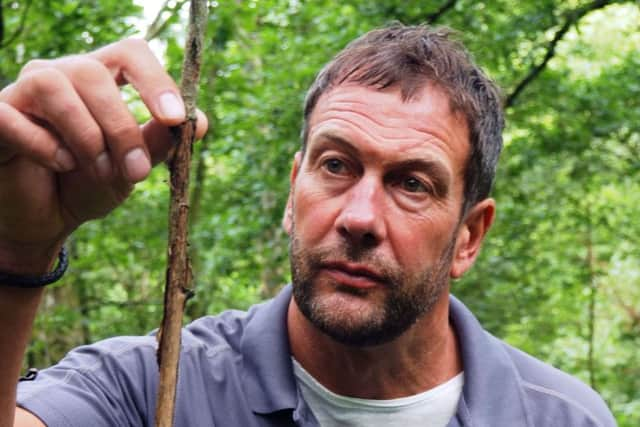

Advertisement
Hide AdAdvertisement
Hide AdThe free World Ranger Day event will include the chance to plant small wildflower ‘plugs’ in a hay meadow, have a go at dry stone walling, or try carrying a water-filled backpack used to put out moorland fires.
There’ll also be talks about the work of a modern ranger, advice for younger people planning a job in the field, and information on World Ranger Day’s initiatives to help rangers putting their lives at risk around the world protecting animals and forests from criminals and poachers: a ranger is killed in the line of duty every three days, on average.
The rangers in the Peak District are supported by a huge team of volunteers: the 27 National Trust and Eastern Moors staff rangers and 8 Peak District rangers are assisted by 200 volunteer rangers who help with everything from wall building and digging to botanical surveys.
“It is a vocation for us, and I can get very emotional if I find someone has vandalised some trees we’ve planted,” said Lucy.
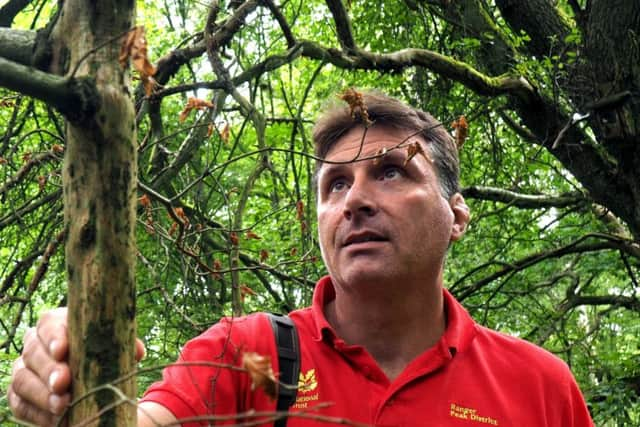

Advertisement
Hide AdAdvertisement
Hide Ad“But then you can get a really special feeling of the value of the job when years of hard work by a ranger gets a species of bird back to a habitat where they should be living.” She cited local examples to help ring ouzels, curlews and pied flycatchers.
“I think the way people see the countryside has changed over recent years, and if people aren’t connected to the countryside they don’t see a reason to look after it.
“There’s a perception that it’s been there for ever and it will be there for ever, but in fact a lot of the habitats we look after are extremely fragile,” Lucy said.
“When I see species like curlews and lapwings, I want these birds to be seen by future generations, not just enjoyed by us today.”
More info: Longshaw, Burbage and the Eastern Moors